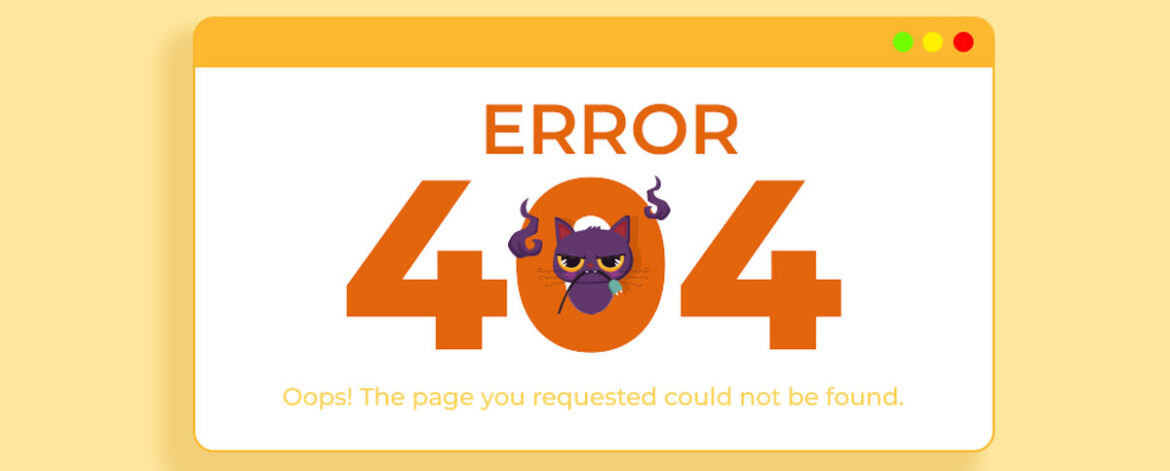The internet has become an integral part of our daily lives, facilitating access to an immense pool of information. However, encountering an “Error 404: Page Not Found” can be frustrating for users navigating websites. This blog aims to elucidate the meaning behind the Error 404 message, its causes, implications, and recommended solutions for both website owners and users.
What is Error 404 Not Found?
Error 404 is an HTTP status code indicating that the server couldn’t find the requested web page. When users attempt to access a URL that doesn’t exist or has been moved or deleted, the server responds with a 404 error. This error message is the server’s way of saying that the page users are looking for cannot be located.
Causes of Error 404:
Changed or Broken URLs: Incorrectly typed URLs or links pointing to pages that have been deleted or moved result in 404 errors.
Deleted or Moved Content: If website content has been removed or relocated without proper redirection, users encounter 404 errors.
Server or Network Issues: Temporary server downtime, network problems, or server misconfigurations can trigger 404 errors.
Search Engine Crawling Errors: Search engine indexing errors can lead to users accessing outdated or non-existent pages.
Implications of Error 404:
User Frustration: Users may feel frustrated or disappointed when they cannot access the desired content.
Negative User Experience: Frequent encounters with 404 errors can tarnish the user experience and diminish trust in the website.
Impact on SEO: Accumulation of 404 errors can negatively affect a website’s search engine rankings if not addressed promptly.
Solutions and Best Practices:
Customized 404 Page: Create a user-friendly and informative custom 404 error page that guides users back to your site’s relevant content or provides navigation options.
Redirects: Implement proper 301 redirects for deleted or moved pages to direct users and search engines to the correct URL.
Regular Monitoring: Use tools like Google Search Console to monitor crawl errors and identify broken links or missing pages.
Update Internal Links: Regularly review and update internal links to ensure they point to valid and existing pages.
Utilize Server-Side Redirects: Set up server-side redirects for improved efficiency in redirecting users from old URLs to new ones.
Conclusion:
Error 404 Not Found is a common HTTP status code indicating that a requested web page doesn’t exist. Understanding its causes, and implications, and implementing best practices like custom 404 pages, proper redirects, and regular monitoring can mitigate user frustration, improve user experience, and prevent negative impacts on SEO for website owners. Addressing 404 errors promptly contributes to maintaining a healthy and user-friendly web environment.








